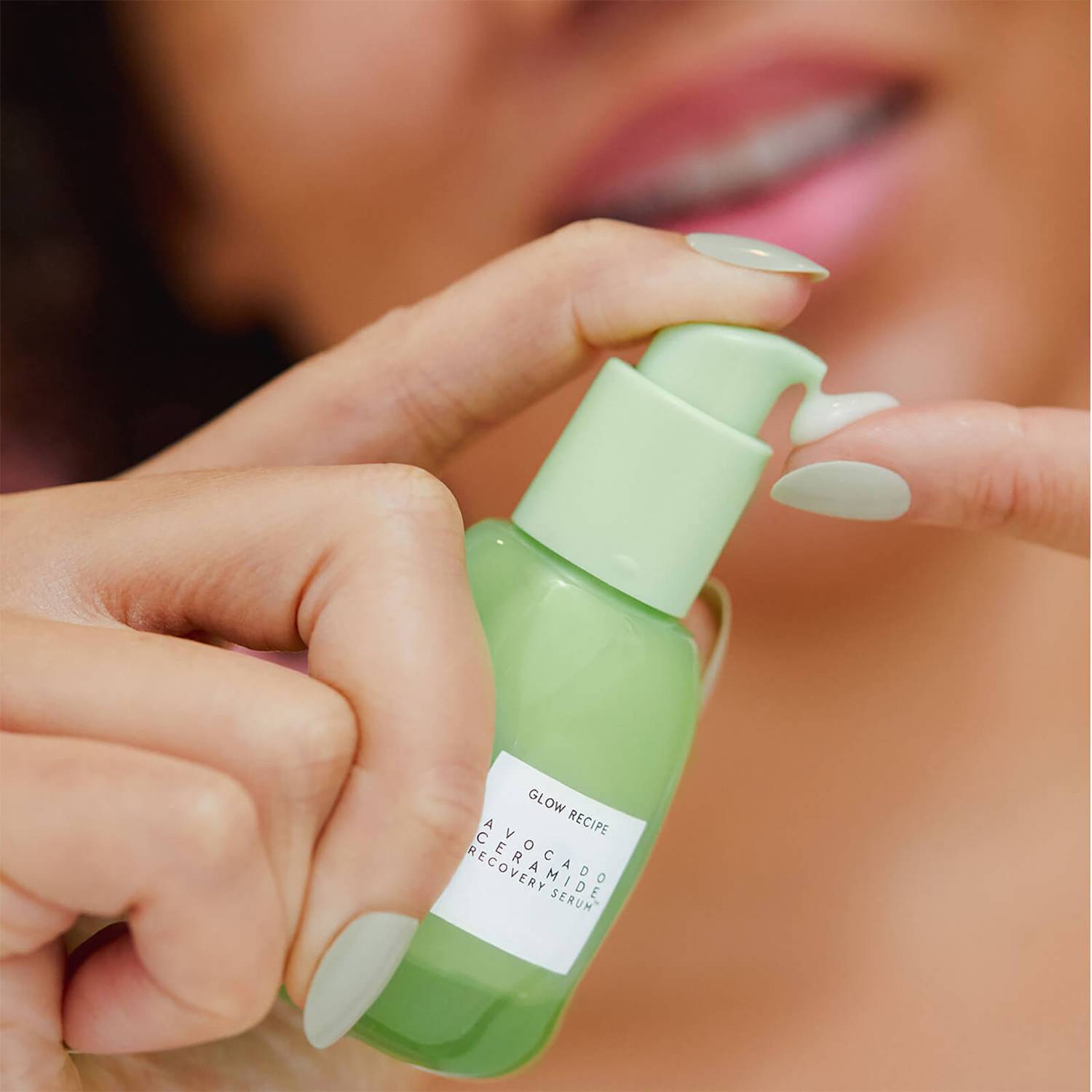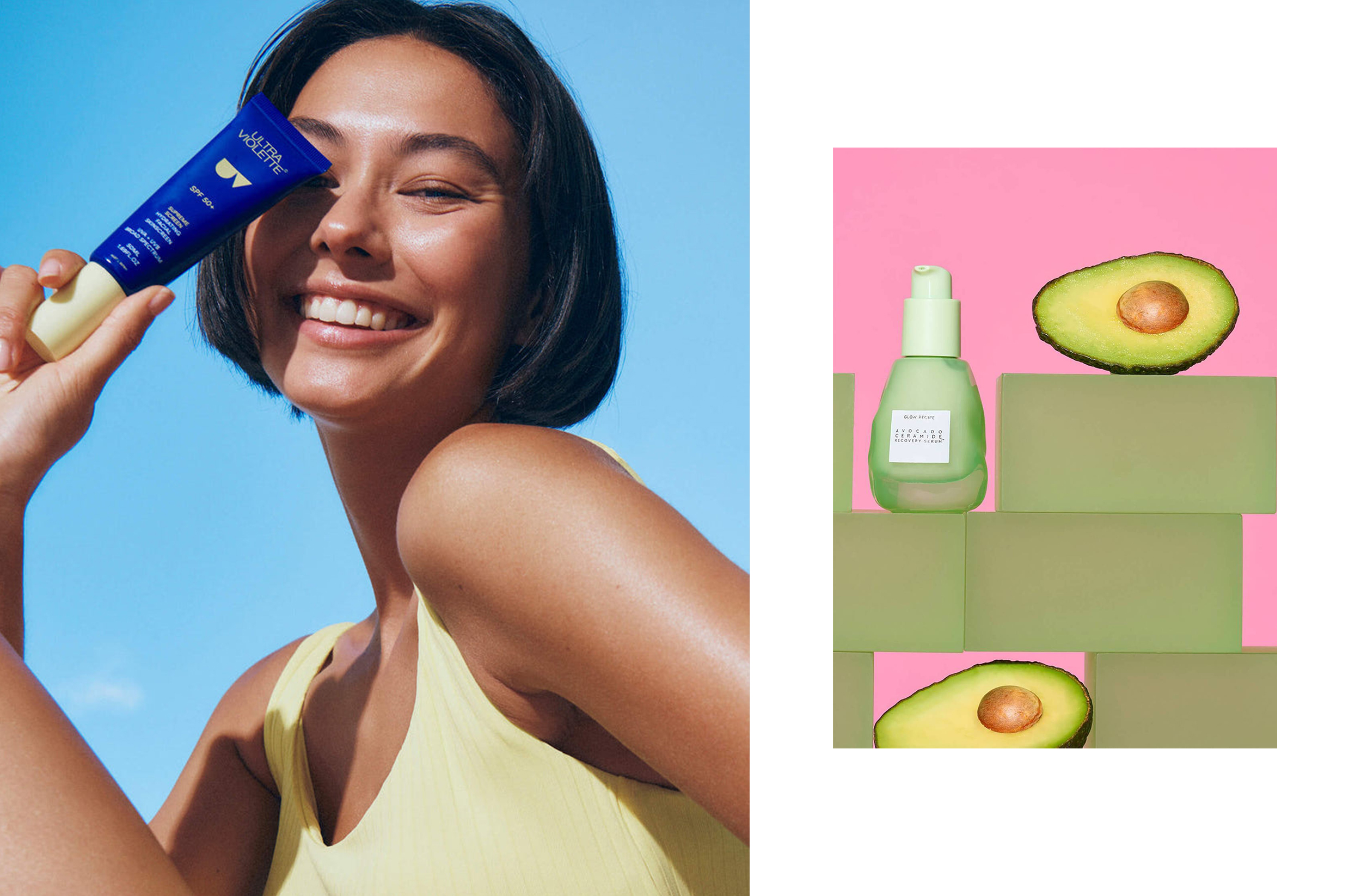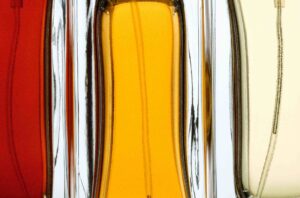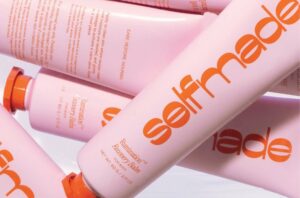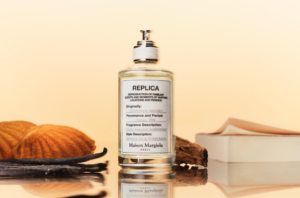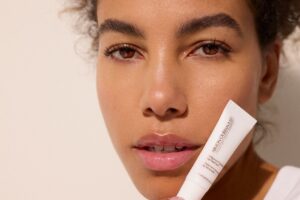It is impossible to deny the impact that social media have had on what the importance of protection from UVA/UVB rays is: nowadays in fact, thanks to the data that we constantly have at hand between reels, stories and informative posts, we are increasingly aware of what UVA/UVB rays can cause to our skin and, as a result, we pay increasing attention to everything related to the use of SPF and proper exposure to sunlight.
There is another light, however, that we don’t take as much into account as the solar light and that we probably know less about – but more harmful to the epidermis – and it is the blue light, a component of the natural light spectrum that has a wavelength between 400-500 nanometers.
Going deeper into the dermis than the “solar” light, right where collagen and elastin are, blue light causes a loss of firmness and tone and an increase in wrinkles and fine lines, hitting where the sunlight does not arrive. The main difference between the two, however, lies in the fact that blue light is a source of artificial lighting coming from the screens of all digital devices, such as computers, tablets, mobile phones and LCD devices and LEDs to which we are exposed for many hours a day. The process of skin aging related to this type of light and caused by these devices, is called digital aging.
So what is digital aging and what are the negative effects of blue light?
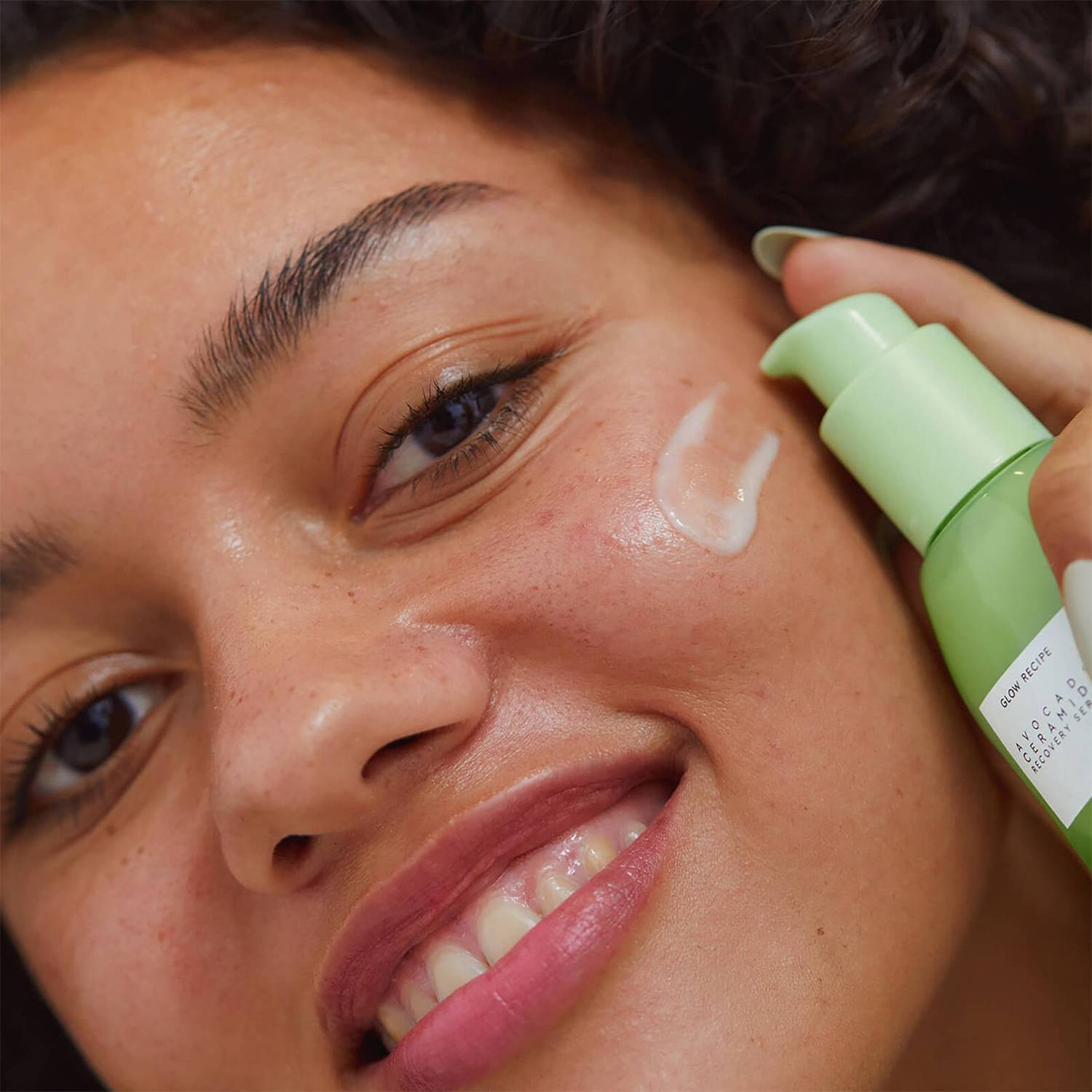
The damage to skin cells by blue light is called digital aging and affects all the negative effects caused by the series of electronic devices that we use daily.
Specifically, the most common and known side effects of digital aging can be divided and identified in:
- Deterioration of collagen and elastin fibers, essential for maintaining the tone and elasticity of the epidermis, caused by the direct influence that blue light has on the production of melatonin. When absorbed by biological tissues, this type of light increases the temperature of the fibers, eventually damaging them and preventing them from performing their natural function.
- Hyperpigmentation, redness, skin sensitivity and reactivity and excessive dryness.
- Increased production of free radicals, responsible for premature aging of the tissues, which end up making our skin appear more and more dull, without tone and marked by wrinkles and fine lines.
- Alteration of the circbadian cycles of the body, that pours on the health of the dermis: if we expose ourselves to blue light before bedtime in fact, we risk creating interference with the rhythms that regulate our biological cycle of sleep and wakefulness and, this “imbalance” will cause fatigue and stress that will be reflected on the skin, making it appear more tense, dull and tired-looking.
How to prevent digital aging and protect the skin against blue light?
In addition to limiting screen time as much as possible, using anti-blue light glasses and activating the blue light filter, the best allies to protect against blue light are:
SPFs with blue light spectrum
Why choose an SPF that protects only from UV rays, when you can provide a wide spectrum SPF that also protects against blue light? In our rescue against the blue light come the ad hoc sunscreens created to act as a “shield” between our skin and the bright display of screens.
An SPF that nourishes the skin with vitamin C, Kakadu plum and the ‘dragosine plus’ peptide, all while protecting the epidermis from sunlight and blue light. Moisturizing and ideal for all skin types, especially for dry skin, also acts as a skincare treatment thanks to its nourishing ingredients.
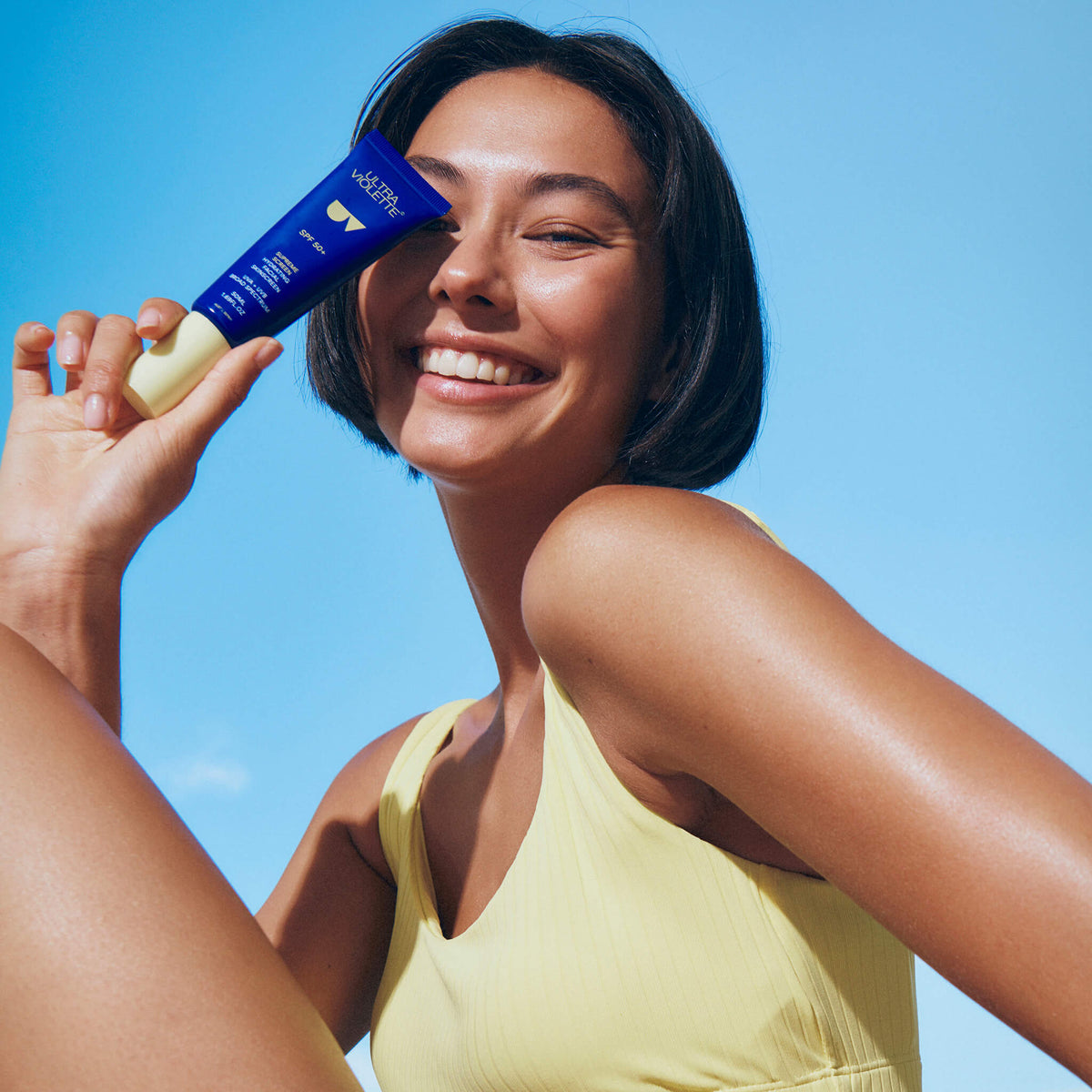
Coloured SPFs with zinc oxide and titanium oxide
In addition to being an easy-to-use and on-the-go 2-in-1 product, coloured SPFs are also perfect for protecting against blue light. How? Thanks to zinc oxide and titanium oxide, ingredients that can reflect both UV and blue light preventing damage.
A colored cream halfway between skincare and make up that helps defend against the harmful effects of blue light thanks to Oxygenskin, that fights the signs of aging caused by blue light exposure and restores the skin barrier by increasing hydration, with SPF20 perfect for delicate skin.
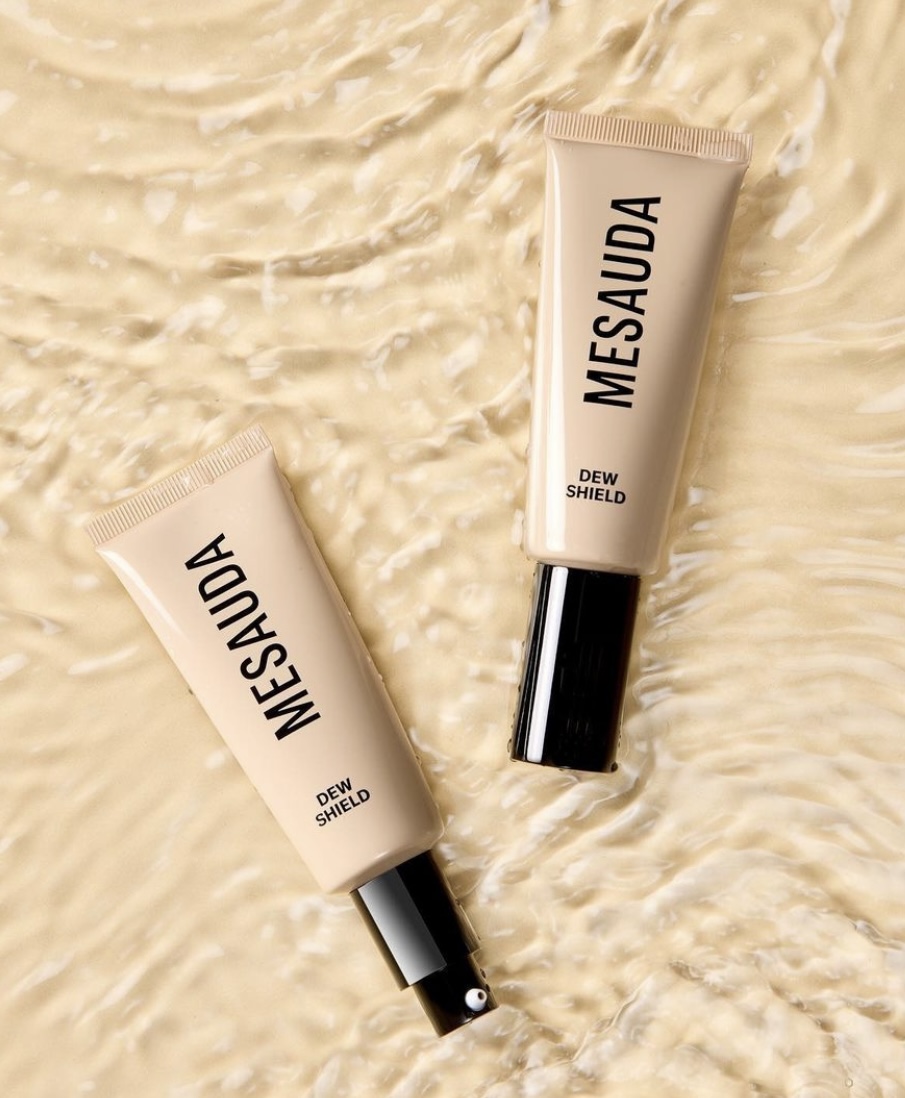
Vitamin C
Since blue light has been known to cause oxidative stress… use antioxidants to counteract its effect! In particular, the antioxidant par excellence against hyperpigmentation, wrinkles, lines and able to slow skin aging and reduce the damage associated with photoaging better than any other ingredient, is Vitamin C.
A booster with a high concentration of ascorbic acid (25%) that visibly improves non-uniform skin tone, reduces fine lines and wrinkles and smoothes the skin surface, to be used as a treatment only on certain areas or on the whole face.
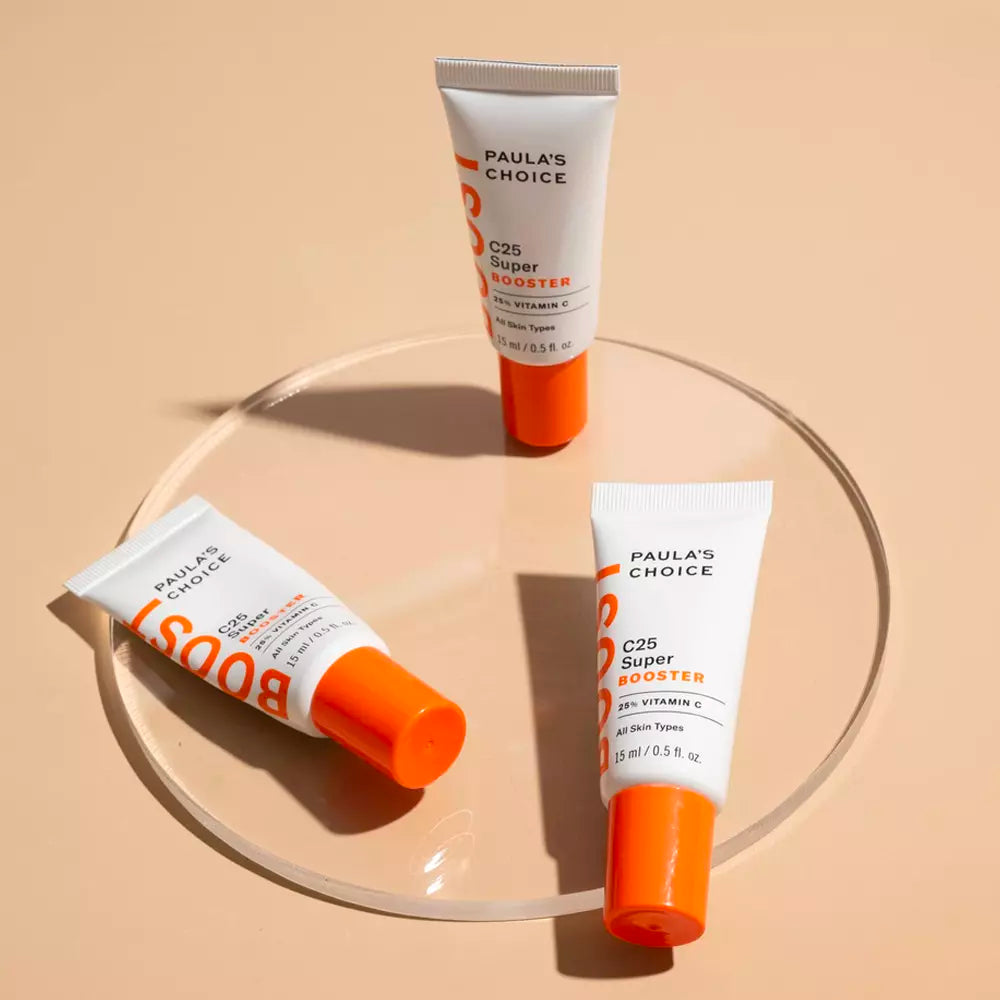
A protective and soothing skincare
And finally, the number one rule for healthy skin: protect its barrier. And to do so, you’ll need just a regenerating, soothing and nourishing skincare routine. The best ingredients to use? Ceramides, vitamin E, peptides and hyaluronic acid.
A soothing and “anti-stress” serum for dry, dehydrated, inflamed skin, containing several oils and extracts of avocado that aim to strengthen the resilience of the skin, while prebiotics and probiotics help to nourish and act as superfood for the dermis.
